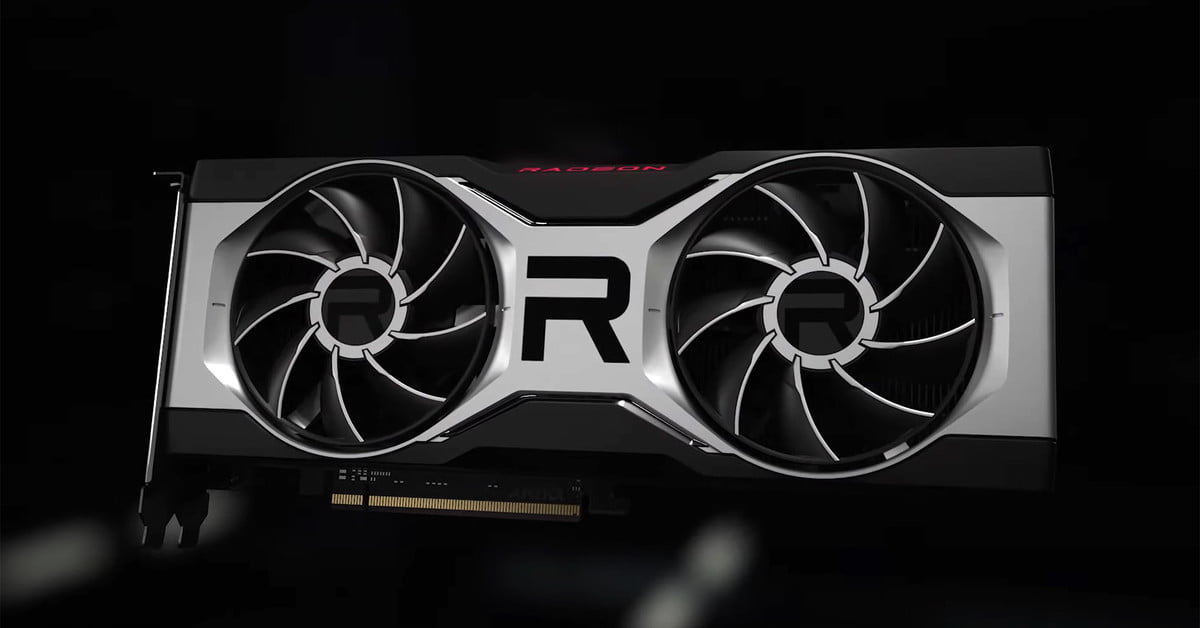With the launch of the AMD RX 6700 XT, many fans expected AMD’s long-awaited DLSS-alternative, FidelityFX Super Resolution, to come with it. It’s not quite here yet, but it is on the way, and when it arrives, it could have a significant impact on gaming and the graphics market. Although DLSS and Super Resolution achieve the same goal, AMD and Nvidia are using different techniques. We’re here to break down what FidelityFX Super Resolution is, when it might be releasing, and what you can expect once it launches.
What is AMD FidelityFX Super Resolution?

FidelityFX Super Resolution (FSR) is AMD’s answer to Nvidia’s Deep Learning Super Sampling (DLSS). Like DLSS, FSR is an image reconstruction feature that makes a game look like it’s rendering at a higher resolution than it really is. So, the engine may render the game at 1080p, then FSR steps in to fill in the missing pixels to make it look like a 1440p output. AMD hasn’t teased the capabilities of FSR yet, so 1080p to 1440p might not be possible, but that gives you an idea about how the feature works, at least.
FSR isn’t just a copy of DLSS, though. Nvidia’s tech works by training an artificial intelligence (A.I.) model with high-quality scans offline (say, a 16K still frame). DLSS can then fill in the extra information in a frame using the A.I. model. FSR is likely going in a different direction. Scott Herkelman, AMD’s vice president of graphics, explained to PCWorld that “you don’t need machine learning to do it” and that AMD is “evaluating the many different ways” to achieve a reconstructed image.
Also unlike DLSS, AMD is taking an open approach to FSR. The entire FidelityFX suite works across many generations of GPUs from AMD and Nvidia, so it’s only reasonable to assume that AMD is taking a similar approach to FSR. That could mean compatibility with previous generations of AMD GPUs. However, AMD is likely focusing on its 6000-series graphics cards, as well as the Xbox Series X and PlayStation 5.
When is FidelityFX Super Resolution releasing?

AMD hasn’t announced a release date for FSR yet, outside of Herkelman confirming that it’s coming in 2021 in his talk with PCWorld. Many speculated that FSR would launch alongside the RX 6700 XT in March 2021, but that didn’t happen. AMD wants to launch FSR not only for its current RDNA 2 graphics cards, but also on the RDNA 2-powered Xbox Series X and PlayStation 5. That said, Herkelman explained that PC is the highest priority.
Given the disappointing launch of DLSS 1.0, waiting is probably the best move. It’s not clear when FSR is launching in 2021, if it launches this year at all. It’s also not clear if it’s coming to PC first or if it will launch fully cross-platform. Given the little that AMD has said, we except it on the latest RX 6000-series graphics cards alongside Xbox and PlayStation later this year. AMD hasn’t confirmed anything, though, so it may take longer.
Super Resolution isn’t here yet, but AMD has a similar, less polished software tool available now: FidelityFX Contrast Adaptive Sharpening (CAS). In short, CAS combines an upscaler with image sharpening, and although it works, it’s not as impressive as DLSS. Like other FidelityFX features, CAS is open-source and available across platforms.
What games support FidelityFX Super Resolution?

AMD hasn’t released much information about FSR, let alone what games will support it. However, AMD has been working with studios like Arkane, CD Projekt Red, and Gearbox to bring support for its current FidelityFX suite. Over 40 titles support at least one FidelityFX feature, and many games support multiple features.
The current lineup includes games like Cyberpunk 2077, Horizon Zero Dawn, and Godfall. These games all support CAS, so we expect a good chunk of them will support FSR once it launches. Make sure to look at AMD’s complete list of supported titles to see if your favorite game is on there. Keep in mind, though, that it’s possible all, some, or none of them will have FSR in the future. We just don’t know at this point.
A DLSS killer?

Between DLSS and FSR, it’s going to come down to how far AMD and Nvidia can push their respective technologies. DLSS 2.0 can already provide 4x scaling, and although scaling that much can lead to some visual artifacts, it’s still possible. Even though AMD is taking things slow with FSR, we don’t anticipate such a large jump at launch. In all likelihood, the feature will launch with scaling for the next common screen resolution (so, 1080p to 1440p and 1440p to 4K). FSR has one big advantage, though. We know it’s coming to Xbox Series X and PlayStation 5.
Although both consoles are very impressive right now, they will, eventually, start showing their age. At that point, developers will need to rely on image reconstruction to enable better-looking games, and AMD is already there. FSR will be available on consoles. DLSS is only available on PC, and we don’t expect that to change (outside of a potential Nintendo Switch Pro).
If FSR and DLSS are equal in terms of performance, it just makes sense for AMD to win long-term with its cross-platform, more open approach. Developers have a much larger incentive to add FSR to their games with support across consoles and PC. And, as DLSS has shown, this type of image reconstruction is essential for running the most demanding games with features like ray tracing.
Additionally, FSR could make AMD GPUs a much more compelling option. The recent 6000-series GPUs are impressive in rasterized performance, but Nvidia still takes the crown on the back of ray tracing performance combined with DLSS. If FSR performs as well as DLSS, AMD will at least be an option for playing the latest AAA games with all the visual bells and whistles turned on.
Editors’ Recommendations
